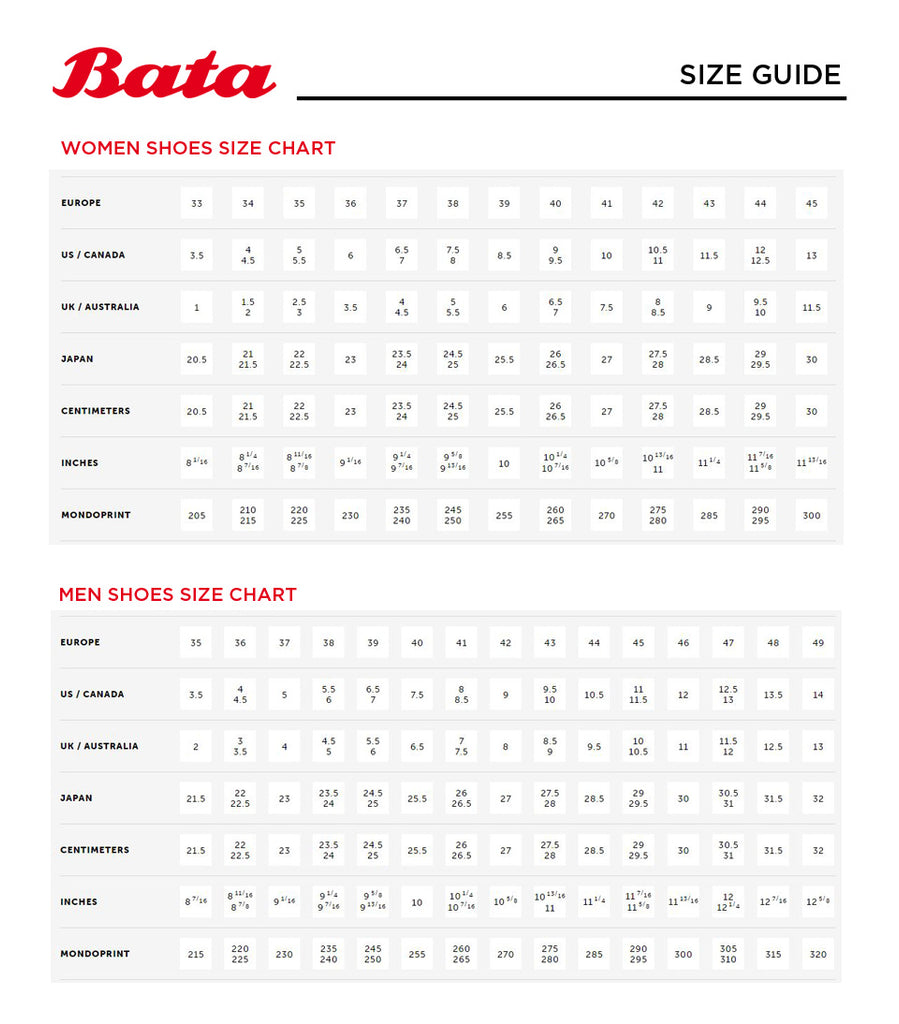

Quality of life of adults with unhealed and healed diabetic foot ulcers. Goodridge, D., Trepman, E., Sloan, J., Guse, L., Strain, L.Does the diabetic foot have a significant impact on selected psychological or social characteristics of patients with diabetes mellitus? Journal of Diabetes Research, 2014:371938. Classification, diagnosis, and treatment of diabetic foot ulcers. Quality of life issues in patients with diabetes and lower extremity ulcers: patients and care givers. Validity and feasibility of the Wound-QoL questionnaire on health-related quality of life in chronic wounds. C., Zander, N., Baade, K., Herberger, K., Debus, S., Diener, H., Neubert, T., & Bloome, C. Quality of life measurement in chronic wounds and inflamatory skin diseases: definitions, standards and instruments. K., Herberger, K., Baade, K., Goepel, L., & Blome, C. The contribution of depth, infection, and ischemia to risk of amputation. Validation of a diabetic wound classification system. Practical Diabetes International, 19:167-175. The Diabetic Foot Ulcer Scale (DFS): a quality of life instrument for use in clinical trials. Abetz, L., Sutton, M., Brady, L., McNulty, P., & Gagnon, D.Keywords: assessment, Czech Republic, diabetic ulceration, HRQoL, life quality, SF-36, Wagner classification, Wound-QoL Use of the Wound-QoL questionnaire proved particularly effective. Conclusion: Although the results of the two models are similar in certain respects, there are also differences, explained by the fact that two different conceptions of measuring quality of life, with different scoring systems, were involved. Whereas, according to the Wound-QoL, the main negative predictors of quality of life are: 1) DM treatment 2) pain intensity 3) size of the wound 4) age and 5) use of crutches.

Results: Of the patients who participated in this study, 68% were men and 32% women, their average age was 65 years, and the length of DM treatment was 19 years, with variations in DM treatment, UADF intensity, etiology, and size and degree of UADF, according to Wagner classification. Based on the values of beta coefficients, we can state that according to the SF-36, the main negative predictors of quality of life are: 1) DM treatment 2) pain intensity 3) age 4) wound etiology and 5) use of wheelchair. The model was realized using the ENTER method. Methods: A cross-sectional study was conducted on 167 patients with UADF. The data were acquired using the SF-36 and Wound-QoL questionnaires. Exploratory Regression analysis was used during the study as a descriptive technique. Tomas Bata University in Zlín, Faculty of Humanities, Research Centre of FHS, Zlín, Czech RepublicĪim: To ascertain quality of life in patients with ulcer affected diabetic foot (UADF), and to establish whether there was a relationship between respondentsʼ gender, age, duration and type of treatment for DM, duration of treatment for and etiology of wound, intensity of pain, degree of UADF, method of off-loading pressure on the foot, and quality of life. Tomas Bata University Zlín, Faculty of Humanities, Department of Health Care Sciences, Zlín, Czech Republic 2 Cent Eur J Nurs Midw 2020, 11(1):34-42 | DOI: 10.15452/cejnm.20 Quality of life in patients with diabetic foot ulcers Pavla Kudlová 1, Ilona Kočvarová 2 1


 0 kommentar(er)
0 kommentar(er)
